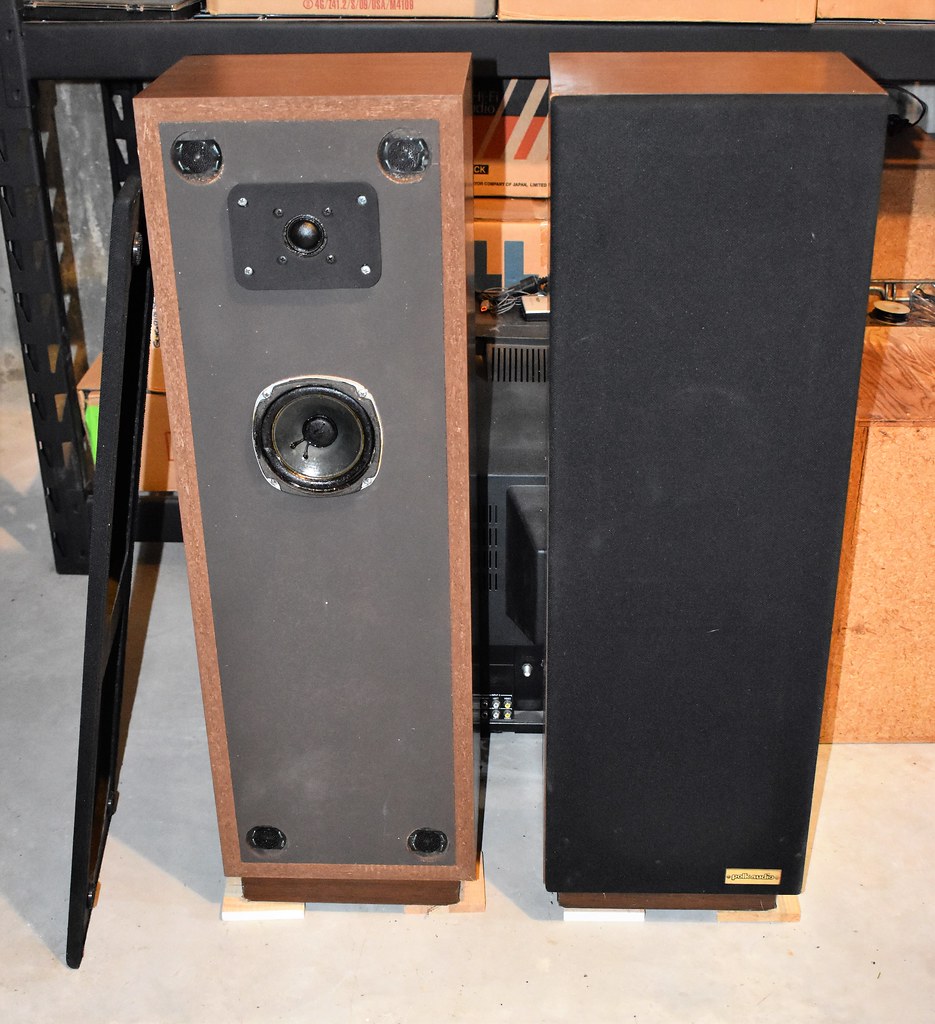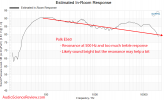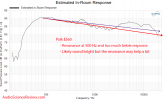One can buy a PAIR of these factory refurbished with Polk full warranty for $600 with FREE shipping.
For those of us who enjoy great audio, but have a pretty big room (open plan room of 1000 sq ft), in a system used 50/50 for 2 channel music/multichannel video), who don’t a ton of available cash (kids in college etc) for tower Revels, that seems like a pretty great value/performance ratio.
I currently have a pair of small Mirage MRM-1 stand mounts that weigh almost as much each as these Polk towers. they were quite pricey and well measuring in their day, and go shockingly deep for their very compact size, but with their low sensitivity and size there are times when they really struggle to fill the room with an immersive soundstage. Even with a sub and room correction.
With electronic/techno and acoustic guitar and such they do great…Pink Floyd’s song, wish you were here is holographc, as is Madonna’s vogue. But orchestral with high dynamic range sounds a bit hollow as there only so much air they can move between 80hz and 1000hz at reasonable volumes. Well recorded Rock can also seem a bit hollow at lower volumes and then conjested in the midrange at higher levels. Don’t get me wrong they sound very very good if fed enough power, but i have been thinking of getting some towers for that room, but have a hard time justifying the price for a pair of revels etc given that what i have is pretty good as it is.
But for $600 a pair worth the experiment.
Other options would be a second sub (which would be close to the same price or more, lol), or getting a Denon avr-x3800 or x4800 and splashing out on the DIRAC upgrade to see if that does better than other room correction software I have tried. I can get a refurbed x3800 for around $800 too, but the Dirac upgrade is several hundred more.









